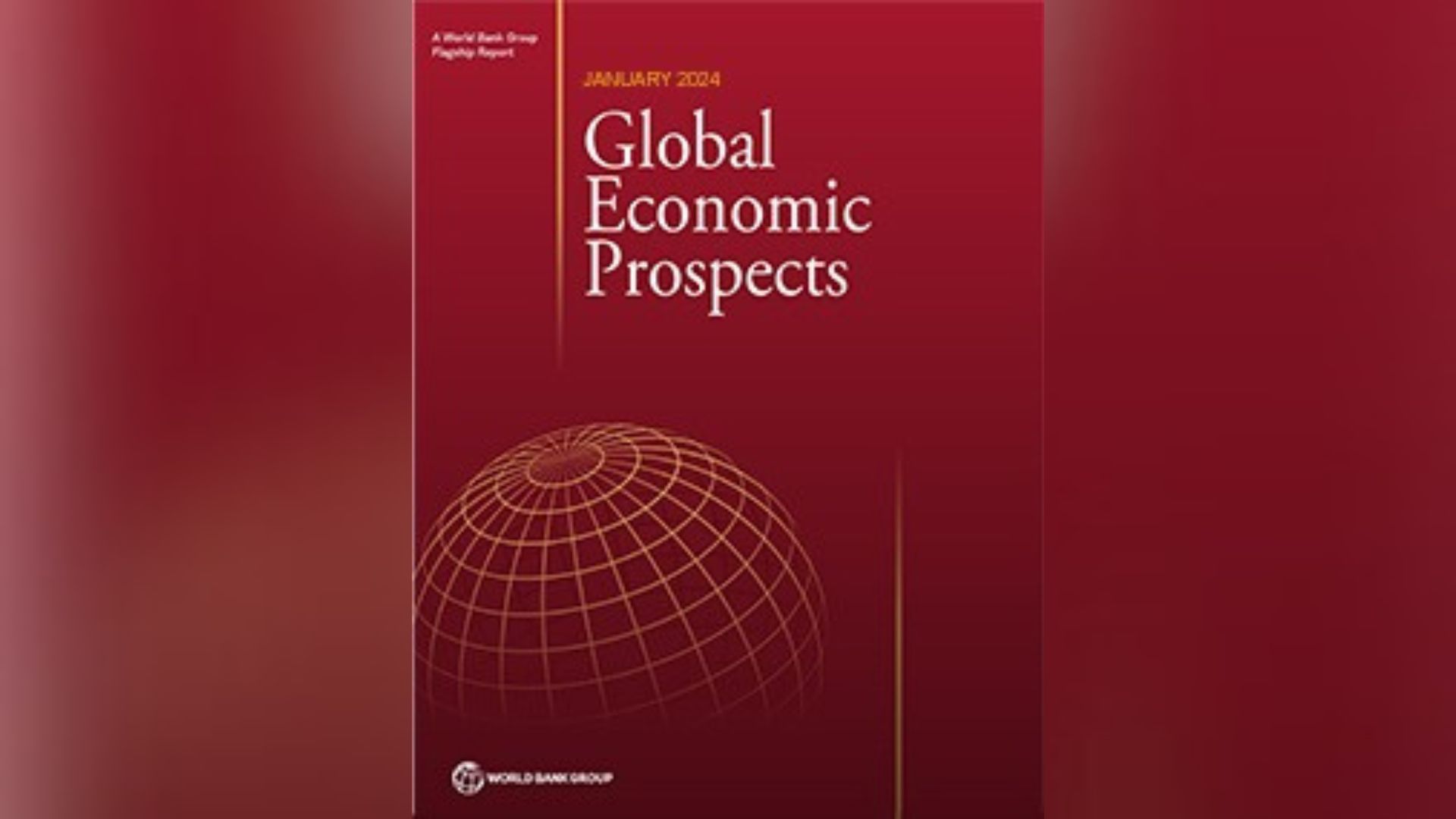
Amidst further deceleration in global growth this year, lagged and ongoing effects of tight monetary policy, restrictive financial conditions and feeble global trade and investment, India is one of the key exceptions among emerging market and developing economies (EMDEs) which are set to make limited progress catching up to advanced economy levels of per capita income and is expected to grow by 6.6 per cent in the current fiscal year 2024-25 after an estimated growth of 7.5 per cent, the World Bank’s Global economics Prospect projected on Tuesday.
Global growth is set to slow further this year, amid the lagged and ongoing effects of tight monetary policy, warns the report with downside risks to the outlook including an escalation of the recent conflict in the Middle East and associated commodity market disruptions, financial stress amid elevated debt and high borrowing costs, persistent inflation, weaker-than-expected activity in China, trade fragmentation, and climate-related disasters. Against this backdrop, policy makers around the world face enormous challenges. At the global level, cooperation needs to be strengthened to provide debt relief, facilitate trade integration, tackle climate change, and alleviate food insecurity.
In that context, the report notes that rice was the exception to the trend of food prices — the biggest component of the agriculture price index — falling by 9 per cent in 2023, reflecting ample supplies of major crops, particularly grains. The price rose 27 per cent in the year amid restrictions on exports of non-basmati rice from India, the world’s top rice exporter. Food prices are expected to decline nearly 1 per cent in 2024 and 4 percent in 2025. Key upside risks to food prices include increases in energy costs, adverse weather events (possibly as a result of an intensification of the ongoing El Niño), further trade restrictions, and geopolitical uncertainty in the Black Sea region. Longer-term risks include the effects of climate change and the expansion of biofuel mandates.
Even though investment in EMDEs is likely to remain subdued, lessons learned from episodes of investment growth acceleration over the past seven decades highlight the importance of macroeconomic and structural policy actions and their interaction with well-functioning institutions in boosting investment and thus long-term growth prospects. Commodity-exporting EMDEs face a unique set of challenges amid fiscal policy procyclicality and volatility, the World Bank projects, underscoring the need for a properly designed fiscal framework that, combined with a strong institutional environment, can help build buffers during commodity price booms that can be drawn upon during subsequent slumps in prices.
Commodity importers, excluding China, grew at a more robust pace of 4.2 percent in 2023. This was largely due to continued resilience in India, which is benefiting from increasing public investment and solid services sector. Excluding India and China, output in these economies expanded by 3.1 per cent. In some commodity importers, severe food and energy price shocks have eroded real wage growth since end-2021, dampening consumption growth.
While the overall outlook for EMDE regions remains subdued, in 2025, growth is projected to strengthen in most regions coinciding with an expected step-up in global growth. The South Asia (SAR) is projected to remain the fastest-growing EMDE region over the forecast horizon, led by strong growth in India underpinned by resilient domestic demand. Assuming the conflict in the Middle East does not escalate, growth in 2024 is projected to decline in East Asia and Pacific (EAP), Europe and Central Asia (ECA), and SAR and somewhat strengthen to varying degrees in other EMDE regions.